You’ve probably run across articles about phased retirement, a fairly new approach to entering the retirement years without ripping off the band-aid all at once.
There are many reasons one might choose this option. Here are just a few:
Gradual Transition: Phased retirement allows individuals to ease into retirement by reducing their working hours gradually, rather than stopping work abruptly. This gradual shift helps individuals adjust mentally and emotionally to the change.
Financial Stability: By continuing to work part-time, people can extend their income stream while reducing the need to immediately rely on savings or retirement funds. This can be particularly important for those who are not yet financially ready to stop working altogether.
Healthcare Benefits: Some individuals may choose phased retirement to maintain access to employer-sponsored healthcare benefits for a longer period, delaying the need to transition to Medicare or other health plans.
Personal Fulfillment: Many people enjoy their work and want to remain engaged with their professional communities, even if they reduce their workload. Phased retirement offers a way to stay active without the full demands of a career.
Phased Retirement as a Business Owner
If you’re a business owner, a phased retirement might look a little different to you. You’re not negotiating with an employer to reduce hours or even sticking with the job for the health benefits. But you might be thinking that down the road you’d like to still have a business with the income that it provides while also having the freedom to do what you want with your time.
As a business owner, I’ve thought of this as well. I love what I do, and it offers personal fulfillment that I don’t want to give up any time soon. However, there will come a time when I’ll want to spend more time doing what I want to do without feeling stressed about work.
For many of us, our dream business scenario might look like this:
Phase 1: Build
Starting a business takes time – a crazy amount of time. You’re networking. You’re saying “yes” to projects that in a few years you’ll wonder what you were thinking. You’re doing everything you can to establish yourself as an expert. All of this while you’re still very much in the learning phase and trying to determine your processes and what your dream business is going to look like.
It’s okay that you’re spending that much time on it because chances are you’re really motivated. You’re EXCITED. Time flies by because you’re in the zone. You can’t imagine ever not feeling like you want to show up every day for your clients.
Phase 2: Maintain
Okay, so you’ve had moments of burnout, but overall things are going well. You’re established and people are sending business your way. You’re more efficient with your processes which means you’re freeing up some time to do things outside of your business. You’ve joined a pickleball group and you’re going to take an actual vacation this year.
This is starting to look like something you can maintain as you move into retirement. You think about bringing on some employees or consultants to manage more of the workload, so you have time for yourself while still bringing in an income.
You’ve established a “phased retirement” plan for yourself that allows you to stay sharp, work 15-20 hours a week, and take advantage of more free time.
Ah, the sweet spot.
Phase 3: Sell
According to Teamshares, “Nearly two-thirds of family businesses don’t have a documented and communicated succession plan.”
Yikes.
You might have a business that will easily allow you to just shut the door one day and walk away. However, many business owners have customers and clients who rely on their services. Not only that, but you’ve loved and nurtured your business for years.
Why not try to sell it as part of your retirement plan?
As you’re in the “Build” and “Maintain” phases of your business, keep these things in mind if eventually selling is part of your plan:
Healthy Finances and Clear Records: Make sure your business is consistently profitable and that your financial records are well-organized and easy to understand. Buyers want to see steady cash flow and clear documentation, so keeping everything in order helps show that your business is in great shape.
Smooth and Scalable Operations: Your business should be able to run without you constantly at the helm. Having strong systems, processes, and easy-to-follow guidelines in place shows potential buyers that they can step in without too much hassle and grow the business further.
A Strong Brand and Loyal Customers: A recognizable brand and a loyal customer base make your business much more appealing. Buyers want to know that your customers will stick around after the sale and that your business has a good reputation and marketing strategy that they can build on.
And let’s not forget that part of your retirement plan should be actual retirement planning. CLICK HERE for 5 Retirement Plan Options for Small Business Owners.
Ready to talk about your plan? I’m here to help you brainstorm about your finances and what you can’t wait to do in the future! CLICK HERE to make an appointment.






